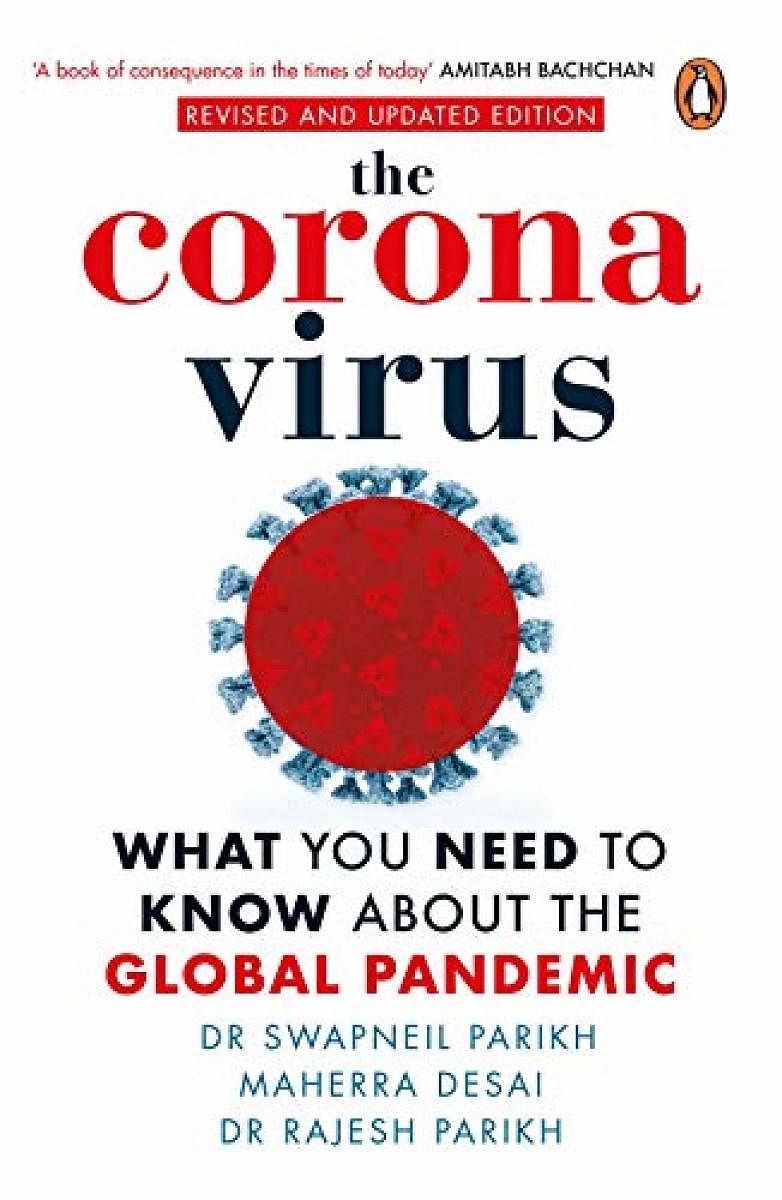
The Covid-19 pandemic has come at a time when we surf in an ocean of fake news, claims and quackery. The book, ‘The Coronavirus: What You Need to Know about the Global Pandemic’ shatters myths and manias that cajole the common man with quick-fixes that spell immeasurable doom.
It charts the history of past pandemics from the 100-year-old influenza pandemic or what is popularly known as Spanish Flu to the recent Severe Acute Respiratory Syndrome (SARS) and Middle Eastern Respiratory Syndrome (MERS) and explains the current one in the right context. The current times seem like a deja vu of past pandemics; the only exception being the rise of social media and the heightened antics of fear mongering that are prevalent today. An educational book, while charting history, also informs us about many scientific discoveries and the brains behind them — leading us to appreciate the scientific temper and ingenuity of the knights in lab coats and the humble origins of the technology that we see today.
Eerie stories
Among the many stories, the eeriest are those of Typhoid Mary and a cholera outbreak in London that began from a diaper — a story that is certain to make you put hygiene on the very top of your priority list!
The book explains the biology of virus replication, how our bodies react to being infringed upon by these microscopic beings; it also delineates several concepts, including the cytokine storm, concisely and lucidly.
The best aspect of the book is that it can even be understood by those who don’t have a flair for science and the authors keep the tone light by adding pop culture references every now and then, from ‘Game of Thrones’ to Pink Floyd.
All this makes it more appealing and sets it apart from literature, which may evoke a yawn for some or make one feel as if one is reading a textbook.
For example, we can gawk at the fact that a poorly-design sewage system of a building in Hong Kong led to the housing complex becoming a cluster. Such facts and trivia are amusing and educating at the same time.
It also covers the political and economic aspects of the pandemic and explores in detail the fallouts of WHO declaring the infection to be a pandemic and the US-China diatribe that followed after the communist country was accused of “leaking” the virus.
Analysing the spread in Iraq, Italy and other countries worst affected by the pandemic, it also shows how South Korea managed to reign in Sars-CoV-2, thus presenting a global picture of the pandemic.
As the course of the book runs, by using the tools it provides, one can bust many myths and fake news. The book too picks a few and shatters them. It rightfully bats for the betterment of the sorry state of our medical infrastructure and demands more allocation to the health sector. It also throws light on — what is now on everybody’s lips— the conundrum of cure, a vaccine. It gyrates across subjects, analysing them through the lens of the pandemic and documenting this complex 360-degree view of the situation that has affected us all. In short, it’s educative, engaging, optimistic and quite the read of the times.